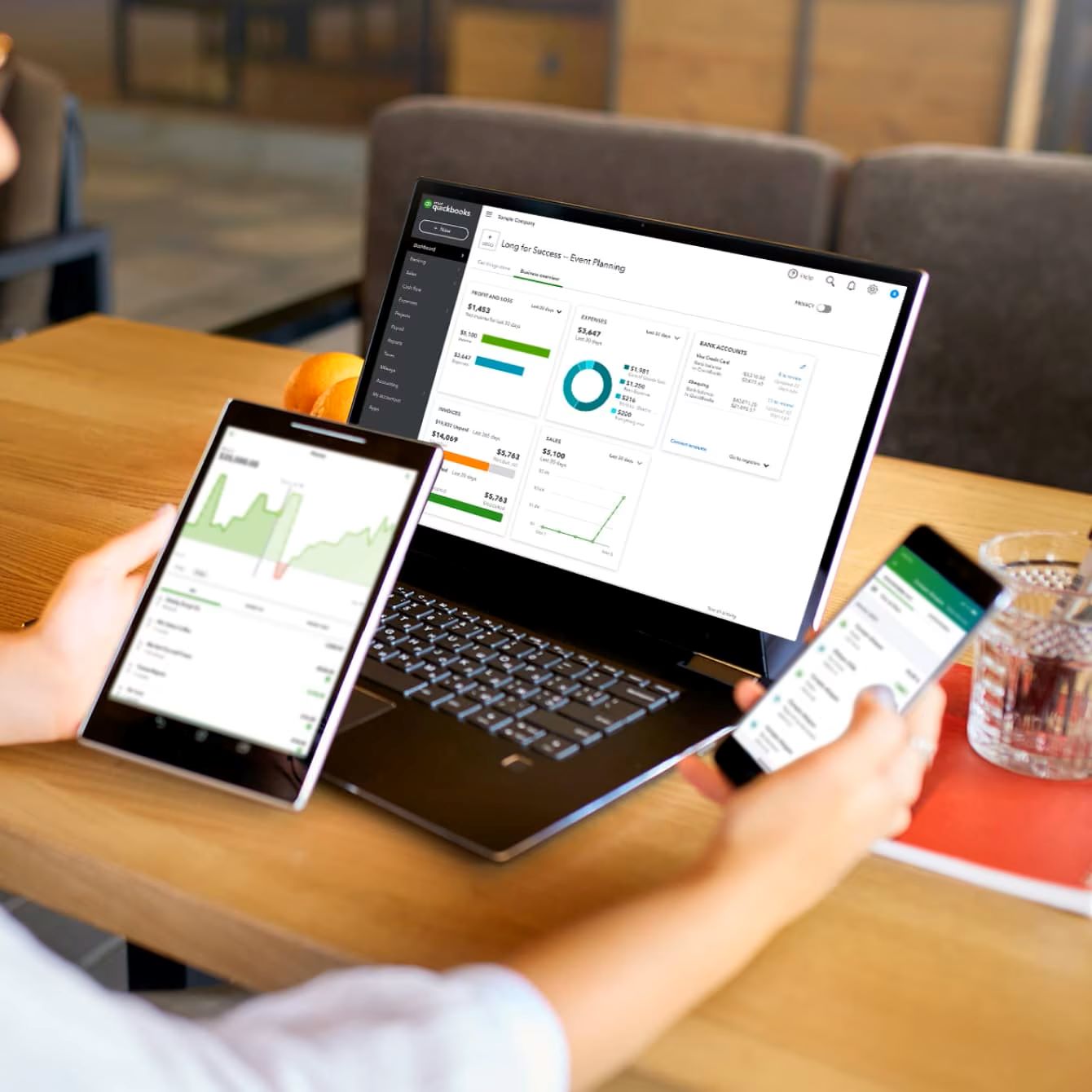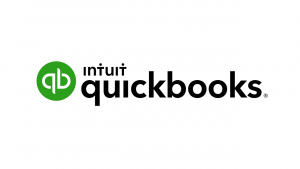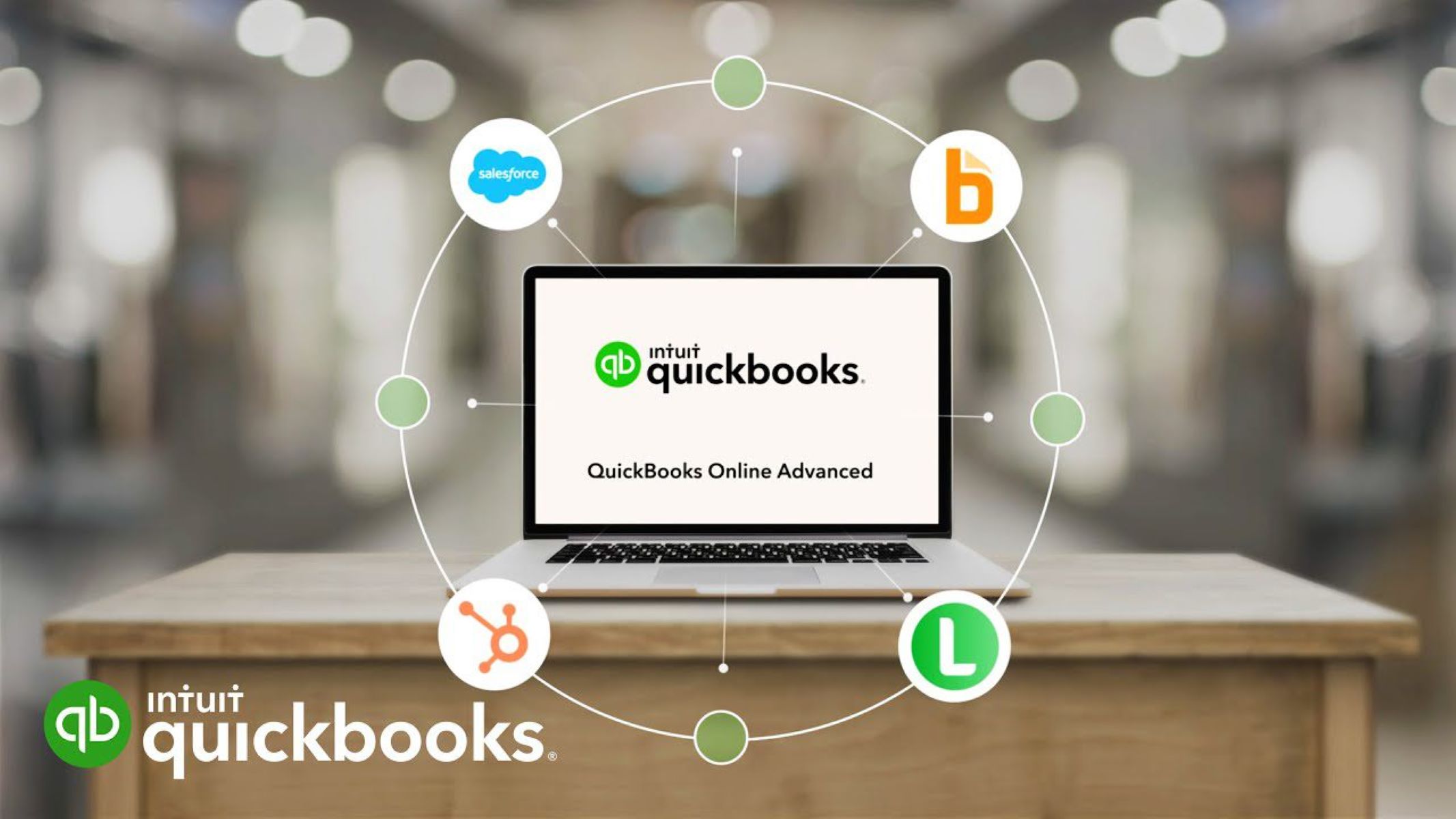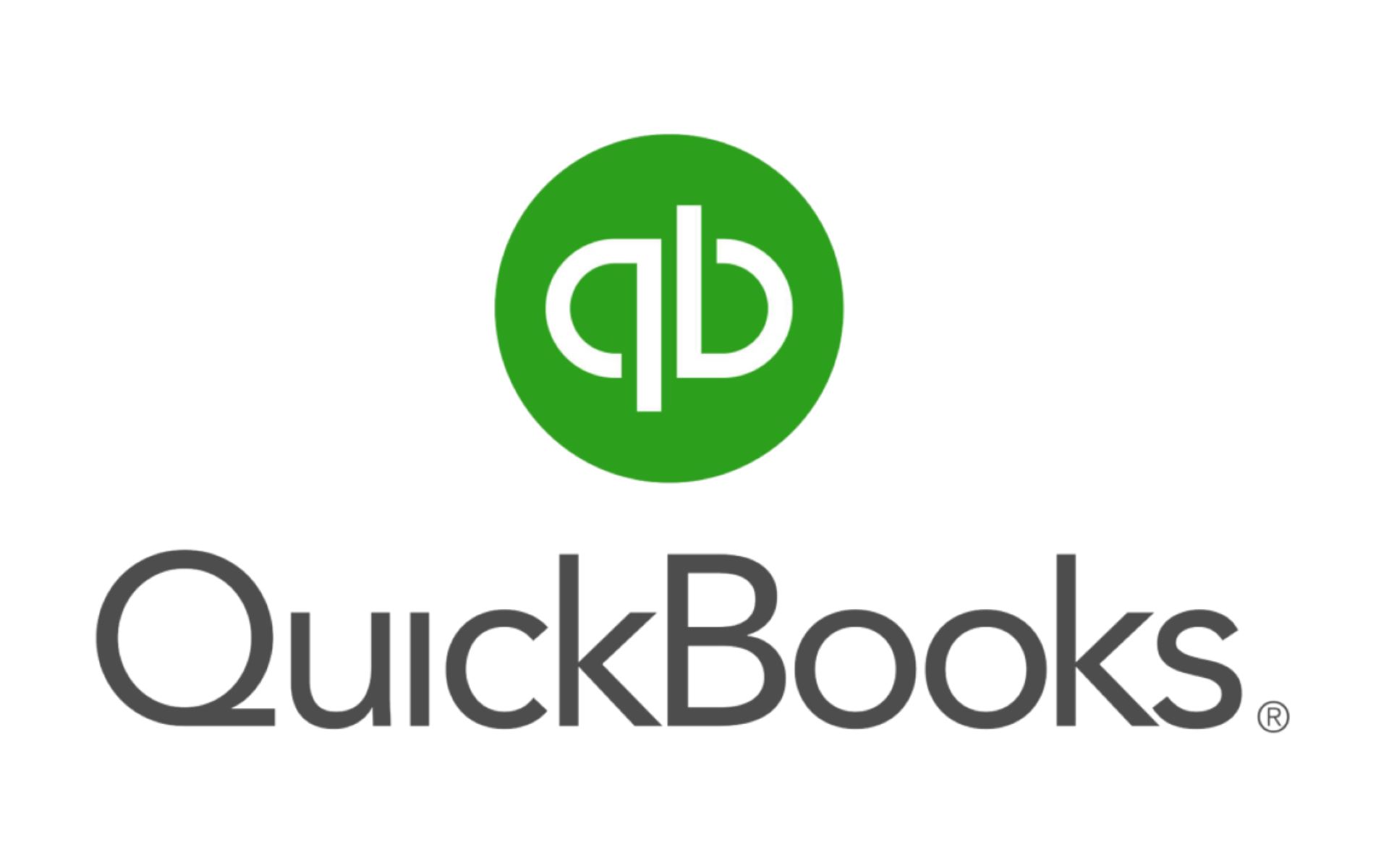Introduction
Welcome to this guide on how to add expenses in QuickBooks. As a small business owner, accurately tracking and managing expenses is crucial for financial health and success. QuickBooks offers a user-friendly platform that allows you to easily record and organize your expenses, helping you maintain accurate records and make informed financial decisions.
By properly categorizing and tracking your expenses in QuickBooks, you can also maximize your tax deductions and streamline your accounting processes. Whether you have one-time expenses, recurring bills, or billable expenses from clients, QuickBooks provides you with the tools you need to efficiently manage your financial transactions.
In this guide, we will walk you through the step-by-step process of adding expenses in QuickBooks and show you how to utilize its various features effectively. From categorizing expenses to attaching receipts and generating expense reports, you’ll learn how to streamline your expense management process for better financial control.
To get started, make sure you have a QuickBooks Online account and are logged in. If you haven’t already, it’s a good idea to set up your chart of accounts and expense categories before adding expenses. This will help you organize and track your expenses more efficiently.
Now, let’s dive into the details and explore how to add expenses in QuickBooks!
Step 1: Accessing the Expenses Menu in QuickBooks Online
The first step to adding expenses in QuickBooks Online is accessing the Expenses menu. Follow these simple steps:
- Login to your QuickBooks Online account using your credentials.
- Once logged in, you will be directed to the Dashboard. On the left-hand side of the screen, you will find a menu. Scroll down and locate the “Expenses” tab.
- Click on the “Expenses” tab to access the Expenses menu.
By accessing the Expenses menu, you gain access to all the tools and features necessary to manage your expenses effectively. From here, you can add new expenses, view and edit existing expenses, and generate expense reports.
QuickBooks Online organizes expenses into different tabs to help you navigate and manage your expenses efficiently. The main tabs you’ll encounter in the Expenses menu include:
- All Expenses: This tab displays all of your recorded expenses, including both one-time expenses and recurring bills.
- Expenses by Vendor: This tab allows you to view expenses specific to each vendor or supplier. It’s helpful when you want to assess your spending with specific vendors.
- Expenses by Category: This tab enables you to view expenses categorized by specific expense categories. It helps you analyze your spending patterns and identify areas where you can cut costs.
- Expenses by Account: This tab shows expenses organized by different accounts. It helps you understand how expenses impact your overall financial situation.
Now that you know how to access the Expenses menu in QuickBooks Online, let’s move on to adding expenses.
Step 2: Adding One-Time Expenses
Adding one-time expenses in QuickBooks Online is a straightforward process. Follow these steps to record your one-time expenses:
- From the Expenses menu, click on the “New Expense” button located in the top-right corner of the screen. This will open a blank Expense form.
- Fill in the necessary details for the expense:
- Payee: Enter the name of the vendor or person you made the payment to.
- Payment date: Select the date the expense was paid.
- Account: Choose the appropriate expense account from the drop-down menu. If you haven’t set up your expense accounts yet, you can create a new account at this stage.
- Amount: Enter the total amount paid for the expense.
- Payment method: Select the payment method used for the expense (credit card, cash, check, etc.).
- Optional: If you have a receipt or supporting document for the expense, you can attach it by clicking on the “Attach file” button and selecting the file from your computer.
- Review the information you entered to ensure accuracy.
- Click on the “Save and close” button to save the expense in QuickBooks.
Once you have added the expense, it will be recorded in the respective expense account and will be available for reporting and analysis purposes. QuickBooks allows you to view and search for expenses based on various criteria, making it convenient to track and manage your expenses efficiently.
Repeat these steps for each one-time expense you want to record in QuickBooks Online. By accurately recording your expenses, you can easily monitor your spending, track tax deductions, and gain insights into your business’s financial health.
Now that you know how to add one-time expenses, let’s move on to adding recurring expenses in QuickBooks.
Step 3: Adding Recurring Expenses
In QuickBooks Online, you can set up recurring expenses for bills or payments that occur on a regular schedule. This feature is especially useful for expenses such as rent, utilities, subscriptions, or loan payments that have a fixed amount and due date each month. Here’s how you can add recurring expenses in QuickBooks:
- From the Expenses menu, click on the “New Expense” button, similar to adding a one-time expense.
- In the Expense form, fill in the necessary details just like you would for a one-time expense, including the payee, payment date, account, amount, and payment method.
- Below the Payment method field, you will find the “Make recurring” checkbox. Check this box to enable the recurring expense feature.
- Once you check the “Make recurring” box, additional fields will appear where you can specify the recurrence pattern for the expense:
- Frequency: Choose how often the expense occurs (e.g., monthly, weekly, yearly).
- Next date: Specify the next date the expense will occur.
- Number of payments: If the expense has a set number of payments, enter the total number here.
- End date: If the expense has an end date, select it here.
- Review the information you entered and ensure its accuracy.
- Click on the “Save and close” button to save the recurring expense.
With recurring expenses set up in QuickBooks Online, the system will automatically generate the expense for you based on the recurrence pattern you specified. This saves you time and effort in manually entering the same expense each month.
If you need to make any changes or updates to a recurring expense, you can do so by accessing it from the Expenses menu and editing the necessary fields. QuickBooks will apply the changes to all future instances of the recurring expense, ensuring that your records remain accurate and up-to-date.
Now that you’ve learned how to add recurring expenses, let’s move on to the next step: categorizing and assigning expenses in QuickBooks.
Step 4: Categorizing and Assigning Expenses
Categorizing and assigning expenses in QuickBooks Online is an essential step for accurate financial reporting and analysis. By assigning each expense to the appropriate account or category, you can gain valuable insights into your spending habits and track your business’s financial health. Here’s how you can categorize and assign expenses in QuickBooks:
- From the Expenses menu, locate the expense you want to categorize and click on it to open the expense details.
- In the Expense form, scroll down to the Category field. QuickBooks provides a list of default expense categories, but you can also create custom categories that align with your business’s needs.
- Select the appropriate category from the drop-down menu. If you have created custom categories, they will appear in the list as well.
- Review the other details of the expense, such as the payee, amount, and payment method, and ensure their accuracy.
- Click on the “Save” button to save the categorized expense.
Assigning expenses to the correct category allows you to analyze your spending by expense type, making it easier to identify areas where you can potentially cut costs or reallocate resources. It also simplifies the process of generating expense reports to assess your financial performance.
In addition to assigning categories, you can also assign expenses to specific projects or clients if they are billable expenses. This helps you accurately track expenses that should be reimbursed by clients or included in your billing for projects. To assign expenses to projects or clients, simply select the appropriate options in the expense form.
Remember, regularly reviewing and updating your expense categories is important to ensure that your financial records remain accurate and meaningful. As your business evolves, you may need to add new expense categories or make adjustments to existing ones.
Now that you know how to categorize and assign expenses in QuickBooks, let’s move on to the next step: attaching receipts and documents.
Step 5: Attaching Receipts and Documents
Attaching receipts and documents to your expenses in QuickBooks Online is an important practice for maintaining accurate records and supporting the validity of your expenses. Here’s how you can attach receipts and documents to your expenses:
- From the Expenses menu, locate the expense to which you want to attach a receipt or document.
- Click on the expense to open the details.
- In the expense details, look for the “Attach file” button. Click on it to open the file upload window.
- In the file upload window, select the file from your computer that you want to attach to the expense. It can be a scanned copy of a receipt, a digital receipt, or any other supporting document.
- Wait for the file to finish uploading. Once uploaded, you will see a thumbnail or icon indicating the attachment.
- Review the other details of the expense to ensure their accuracy.
- Click on the “Save” button to save the expense with the attached receipt or document.
Attaching receipts and documents to your expenses provides additional evidence and documentation to support your expenditure claims. This can be invaluable during tax audits or when reconciling your accounts. If the IRS or any other regulatory authority requests proof of your expenses, having the receipts and documents readily available in QuickBooks can save you time and effort.
In addition to attaching receipts and documents to individual expenses, QuickBooks also allows you to upload and store documents in the “Attachments” tab. Here, you can upload relevant documents such as contracts, agreements, or vendor invoices that may not be directly tied to specific expenses.
By organizing and attaching receipts and documents to your expenses in QuickBooks, you can maintain a comprehensive and accurate record of your business transactions.
Now that you know how to attach receipts and documents, let’s move on to step 6: tracking mileage expenses.
Step 6: Tracking Mileage Expenses
Tracking mileage expenses is crucial for businesses that involve a lot of travel, such as sales representatives, delivery drivers, or service providers. QuickBooks Online makes it easy to track and record your mileage expenses accurately. Here’s how you can do it:
- From the Expenses menu, click on the “New Expense” button.
- In the Expense form, fill in the necessary details for the mileage expense, including the date of travel and the number of miles driven.
- Next, select the appropriate mileage expense account. QuickBooks provides default mileage expense accounts, but you can create custom accounts if needed.
- In the Description field, provide any additional information about the purpose or destination of the mileage.
- Review the other details of the expense, such as the payee, amount, and payment method.
- Click on the “Save” button to save the mileage expense.
In addition to manually entering mileage expenses, QuickBooks also offers the option to automatically track mileage using the QuickBooks mobile app. By enabling the mileage tracking feature in the app, it will automatically record your trips and calculate the mileage for you based on GPS data.
Tracking your mileage expenses in QuickBooks allows you to stay organized and ensure that you claim the correct deductions come tax time. It also provides valuable insights into your business’s travel-related expenses and helps in analyzing your expenses to identify potential cost-saving opportunities.
Remember to keep accurate records of your mileage expenses, including supporting documentation such as trip logs or map printouts. QuickBooks provides an easy way to attach these documents to your mileage expenses for future reference.
Now that you know how to track mileage expenses in QuickBooks, let’s move on to step 7: managing billable expenses.
Step 7: Managing Billable Expenses
Managing billable expenses is an essential task for businesses that need to track and recover expenses from their clients or customers. QuickBooks Online makes it easy to manage and invoice billable expenses. Here’s how you can do it:
- From the Expenses menu, locate the expense you want to mark as billable.
- Click on the expense to open the details.
- In the expense details, locate the “Billable” checkbox and check it to indicate that the expense is billable to a client.
- Select the client or customer from the drop-down menu or create a new one if the client is not listed.
- Review the other details of the expense, such as the payee, amount, and payment method, and ensure their accuracy.
- Click on the “Save” button to save the billable expense.
Once the billable expense is marked and saved in QuickBooks, you can conveniently create an invoice for the client or customer. QuickBooks will automatically include the billable expenses on the invoice based on the client and the expense details you entered.
When generating the invoice, you have the option to include additional details, such as a description or notes, and adjust the billing amount if necessary. By seamlessly invoicing your billable expenses in QuickBooks, you ensure accurate and timely billing to your clients, improving cash flow and client satisfaction.
QuickBooks keeps track of your billable expenses, allowing you to easily view the outstanding billable expenses by client or generate reports for analysis and follow-up purposes.
Remember to regularly review and reconcile your billable expenses to ensure that all expenses are appropriately invoiced and accounted for. This helps maintain accurate financial records and minimizes any discrepancies or missed billable opportunities.
Now that you know how to manage billable expenses in QuickBooks, let’s move on to step 8: reconciling expenses with bank statements.
Step 8: Reconciling Expenses with Bank Statements
Reconciling your expenses with bank statements is an important step to ensure accurate financial records and identify any discrepancies or errors in your transactions. QuickBooks Online provides a built-in tool that allows you to easily reconcile your expenses with your bank statements. Here’s how you can do it:
- From the left-hand menu, click on the “Accounting” tab and select “Reconcile” under the “Tools” section.
- Select the bank account that you want to reconcile expenses for from the drop-down menu.
- Enter the ending balance and ending date as per your bank statement.
- Review the transactions listed in QuickBooks against your bank statement. Check off each transaction that matches the statement.
- If you notice any discrepancies or missing transactions, you can investigate further by clicking on the transaction and comparing it to your bank statement.
- Once you have checked off all the transactions that match your bank statement, the “Difference” field should be zero, indicating that your expenses are reconciled.
- If there is a difference between the QuickBooks balance and the bank statement balance, you may need to further investigate and reconcile the discrepancies.
- Once you have successfully reconciled your expenses, click on the “Finish now” button to complete the reconciliation process.
Reconciling your expenses with bank statements helps ensure the accuracy and integrity of your financial records. It allows you to spot any errors, fraudulent activities, or unauthorized charges that may have been overlooked.
Regularly reconciling your expenses not only provides peace of mind but also serves as a critical step in financial management. It helps maintain the consistency and reliability of your financial statements, making it easier to analyze your business’s financial health and make informed decisions.
Remember to keep your bank statements and other financial records for reference during the reconciliation process. If you encounter any issues or discrepancies that you cannot resolve, it’s advisable to seek the assistance of a professional accountant or bookkeeper.
Now that you know how to reconcile expenses with bank statements in QuickBooks, let’s move on to step 9: generating expense reports.
Step 9: Generating Expense Reports
Generating expense reports in QuickBooks allows you to gain valuable insights into your spending habits, analyze your financial performance, and make informed business decisions. Here’s how you can generate expense reports:
- From the left-hand menu, click on the “Reports” tab and select “Expense Reports”.
- Choose the type of expense report you want to generate based on your needs and analysis requirements. QuickBooks offers a variety of pre-built expense reports such as:
- Expenses by Vendor: This report gives you a summary of your expenses grouped by each vendor.
- Expenses by Category: This report provides an overview of your expenses grouped by different expense categories such as office supplies, travel, or utilities.
- Expenses by Account: This report breaks down your expenses by different accounts, helping you understand how expenses impact your overall financials.
- And more: QuickBooks offers additional customizable expense reports to cater to specific reporting needs.
- Select the date range for the expense report. You can generate reports for a specific period or customize the date range according to your requirements.
- Click on the “Run report” button to generate the expense report.
- Review the report and analyze the data presented. You can customize the report further by applying filters, adding or removing columns, or changing the report format.
- Export or print the expense report if needed, to share with stakeholders, tax professionals, or for record-keeping purposes.
Expense reports provide you with a comprehensive overview of your spending patterns, helping you identify areas where you can cut costs, allocate resources more effectively, and improve your overall financial performance. These reports also come in handy during tax season, as they provide the necessary documentation and summaries of your expenses for tax filing purposes.
By regularly generating and reviewing expense reports, you can gain deeper insights into your business’s financial health and make informed decisions based on actual spending data. You can also use the reports to compare expenses over different periods, track expense trends, and assess the effectiveness of cost-saving measures implemented.
Now that you know how to generate expense reports in QuickBooks, you have all the tools and knowledge you need to effectively manage your expenses and make data-driven financial decisions for your business.
Conclusion
Congratulations! You have now learned how to add expenses in QuickBooks Online effectively. By following the step-by-step process outlined in this guide, you can accurately record, track, and manage your business expenses, enabling you to maintain financial control and make informed decisions.
Throughout this guide, we covered various essential steps, including accessing the Expenses menu in QuickBooks, adding one-time and recurring expenses, categorizing and assigning expenses, attaching receipts and documents, tracking mileage expenses, managing billable expenses, reconciling expenses with bank statements, and generating expense reports.
By utilizing QuickBooks Online’s powerful features and tools, you can streamline your expense management process, improve accuracy, and save valuable time for other aspects of your business. QuickBooks provides you with a user-friendly and robust platform to help you organize, monitor, and analyze your business expenses effectively.
Remember, maintaining accurate records of your expenses is not only beneficial for day-to-day operations but also plays a crucial role during tax season and in financial analysis. Properly recording and categorizing expenses helps you maximize tax deductions, assess profitability, track spending trends, and make strategic business decisions.
As you continue to use QuickBooks Online for expense management, consider exploring additional features and integrations that can further enhance your processes. QuickBooks offers a wide range of capabilities, including invoice management, payroll, and integration with other financial tools, that can streamline your operations and improve overall financial management.
We hope this guide has provided you with valuable insights and practical knowledge on how to add expenses in QuickBooks Online. By effectively managing your expenses, you can pave the way for financial success and growth in your business.
So, let’s get started and efficiently manage those expenses in QuickBooks Online!

























